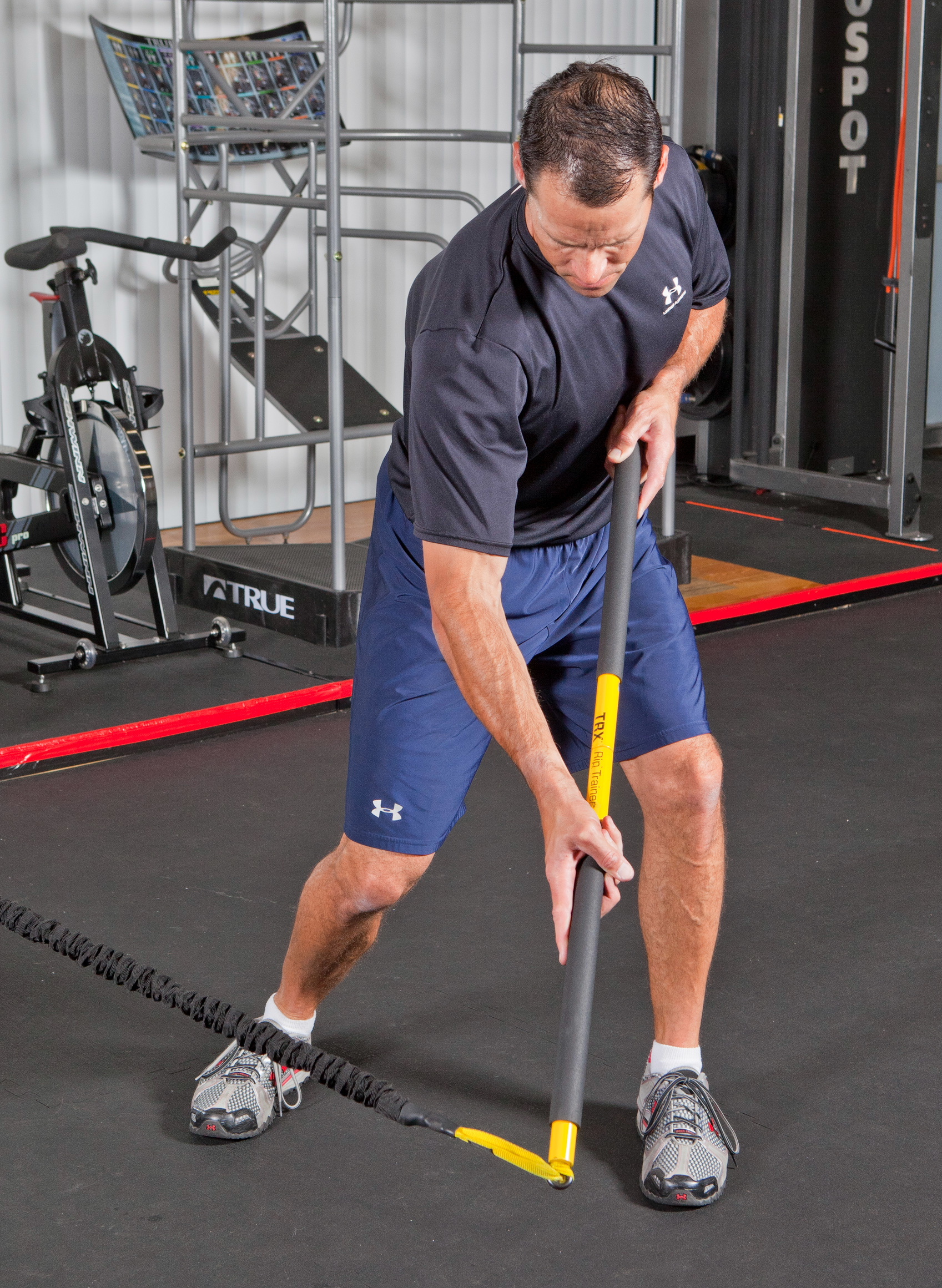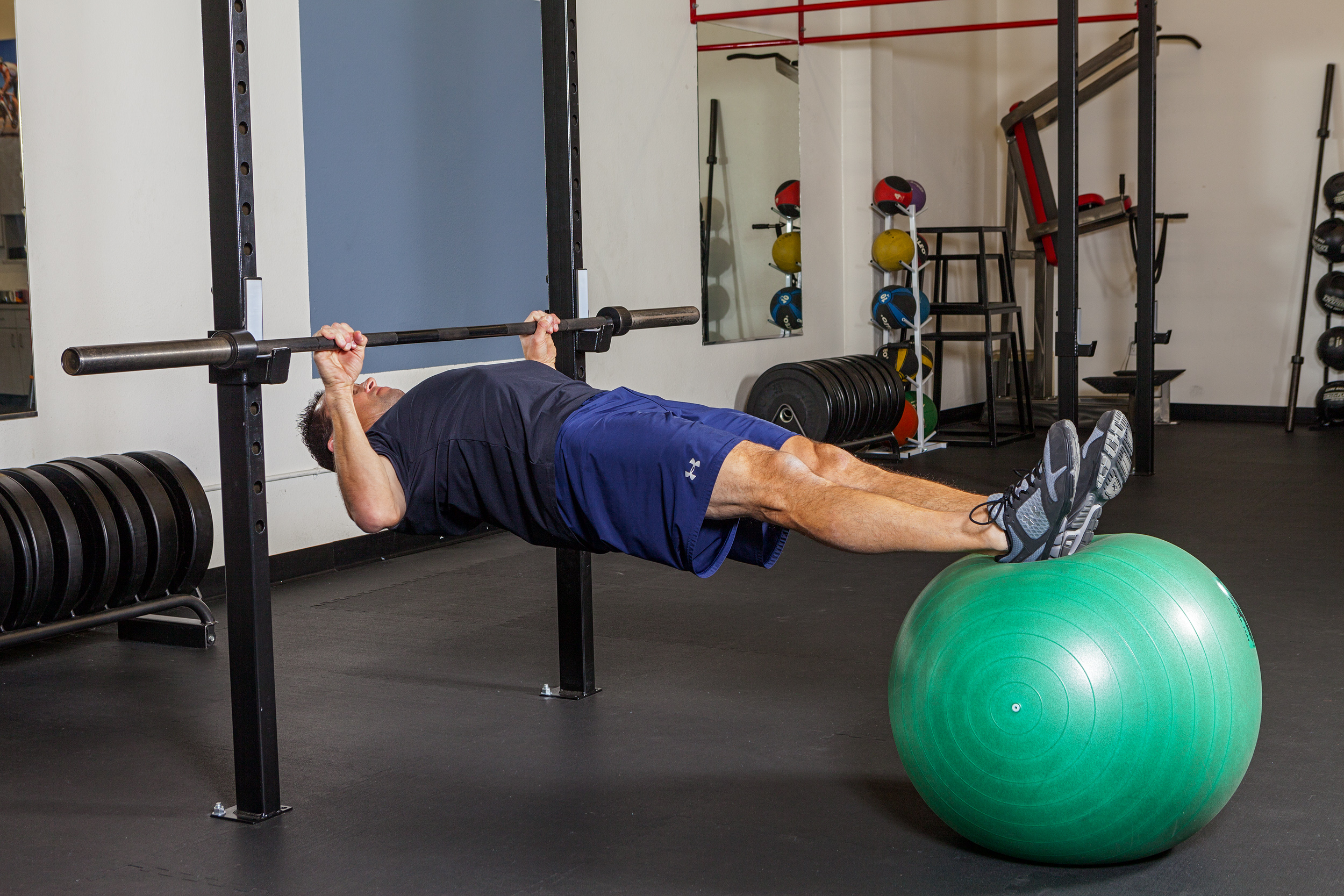External Pull Dynamic Flexibility Exercise
The process of developing soft tissue extensibility and joint mobility within the kinetic chain requires the inclusion of a varying number of modalities. In general these modalities will address joint range of motion, soft tissue pliability, and extensibility. It is the combination of these varying modalities which will provide the kinetic chain with the appropriate joint ranges of motion to accomplish complex athletic actions associated with the sport. The process by which this goal is achieved is the implementation of flexibility...






















